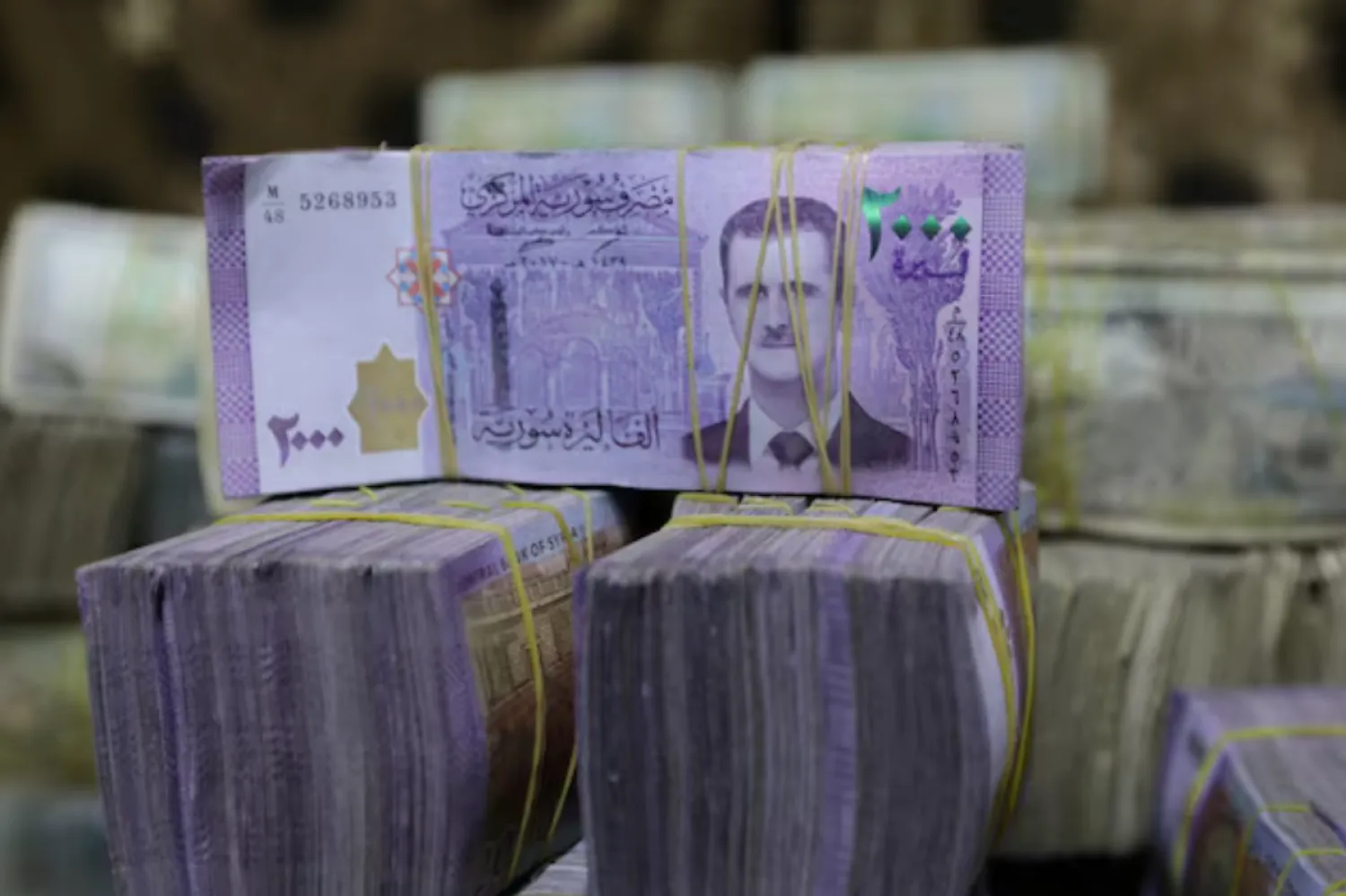The Israeli military command has informed Prime Minister Benjamin Netanyahu that there can be no avoiding a war with Lebanon along with the ongoing conflict in Gaza.
Political sources said there can be no escaping dealing a strong blow against Hezbollah in Lebanon in wake of the Iran-backed party’s latest escalation.
The blow must be painful enough to deter the party from carrying on with its attack, they said, suggesting that Israel may choose to attack Hezbollah’s stronghold in Beirut’s southern suburbs.
Over the past two days, Hezbollah fired rockets deeper into Israel, reaching Akka, Nahariyya and towns around Haifa and western Galilee, noted Israeli military experts.
Tal Lev Ram wrote in Israel’s Maariv that the Israeli military command is facing a dilemma regarding opening a second front with Hezbollah as that would affect decision-making in Gaza.
At the same time, he said, there is a realization that confronting Hezbollah’s hostility can no longer be contained in defense, but cells must be targeted before or after an attack and the party’s infrastructure must also be a target.
There is a need to escalate offensive attacks to make Hezbollah pay, while also avoiding a rapid escalation on the ground that would shift the war towards Lebanon, which would in turn suspend operations against Hamas in Gaza, he added.
Haaretz’s Amos Harel warned that there was a “real danger” of a “misunderstanding” taking place on the northern front with Lebanon. He spoke of a fear that Israel would not be able to control the pace and level of escalation.
Hezbollah, meanwhile, has a broad arsenal at its disposal, including mortars, attack drones, Katyusha rockets and other missiles, he added.
The Israeli army has already started to pay the price with Hezbollah’s attacks reaching Haifa Bay, prompting the military to retaliate by striking 40 kms deep into Lebanon. It struck an Iranian SA-67 surface-to-air missile launcher that Hezbollah uses to down Israeli drones.









